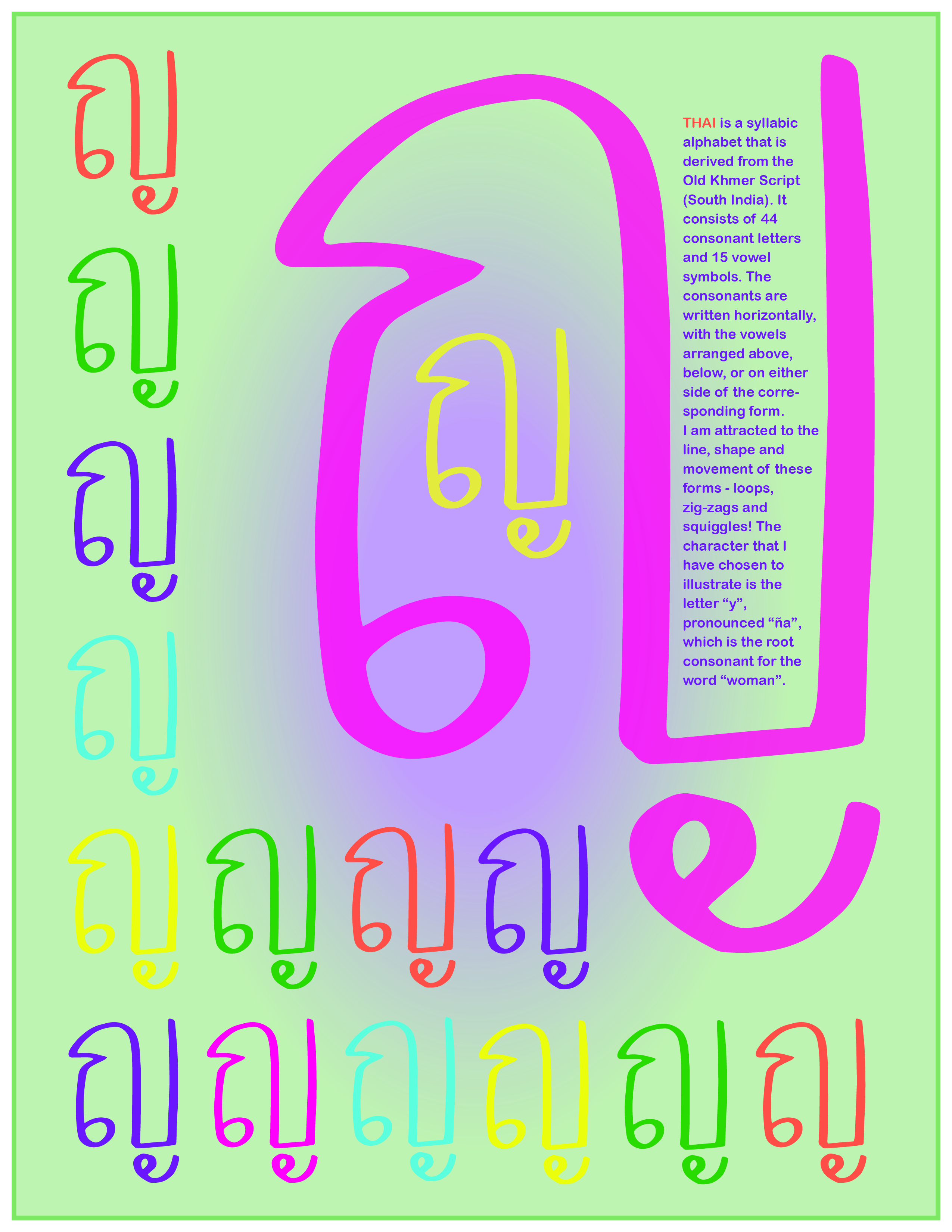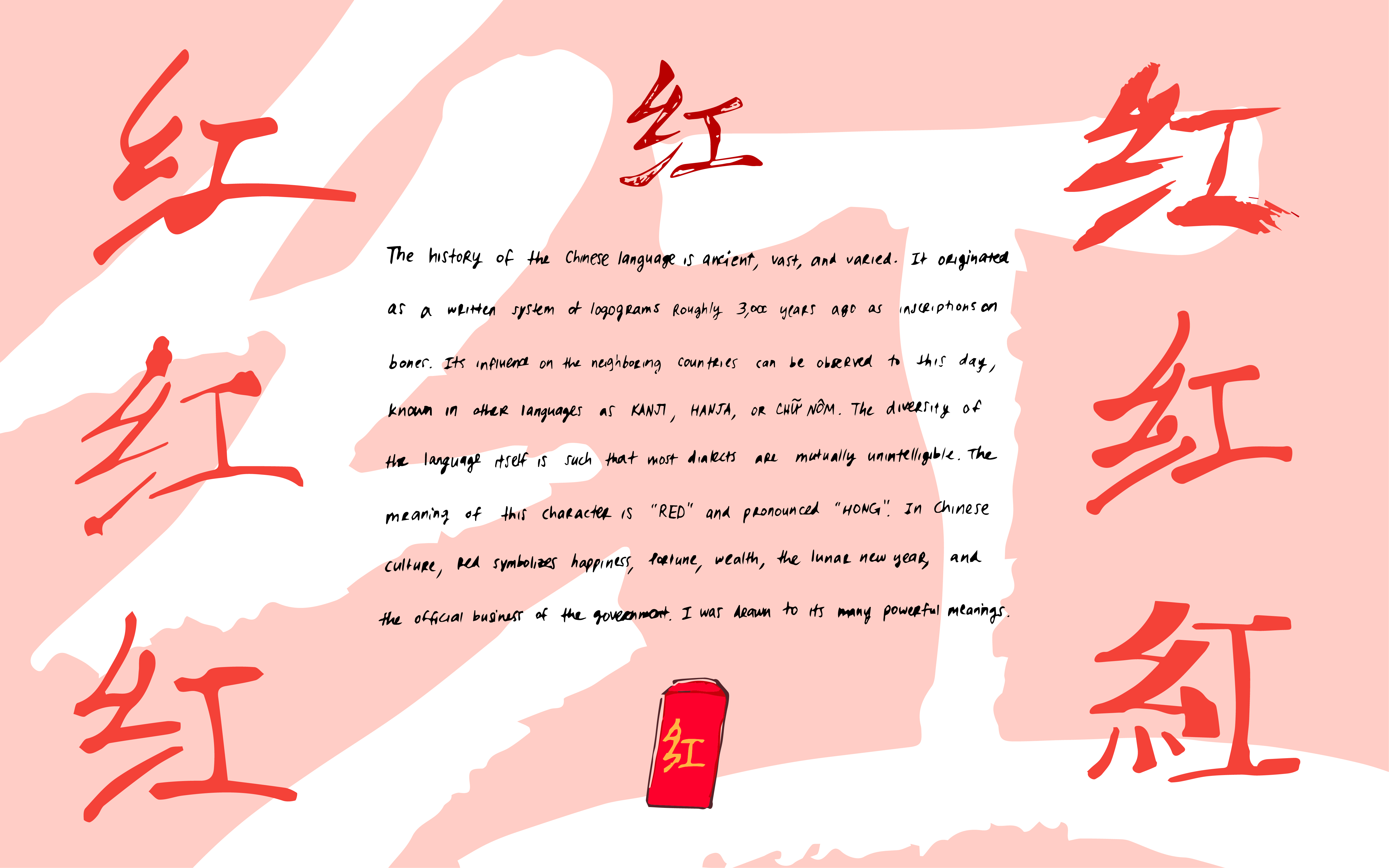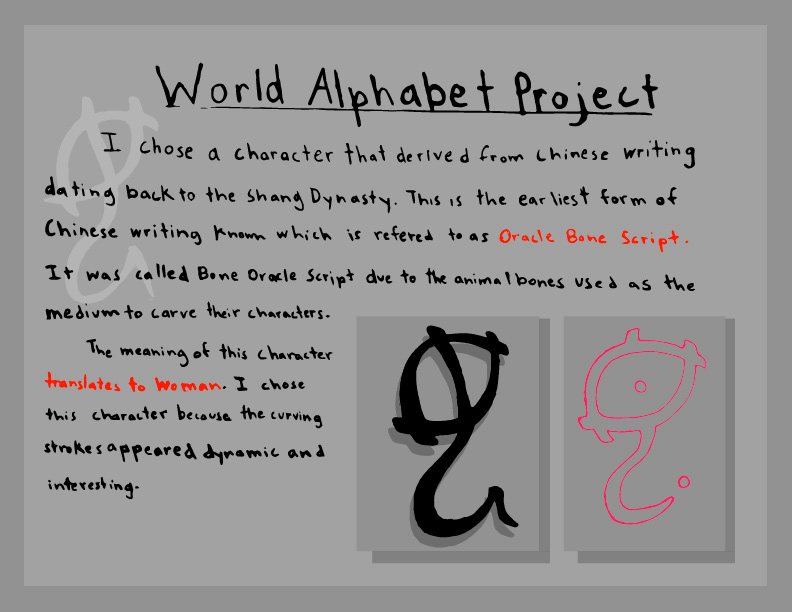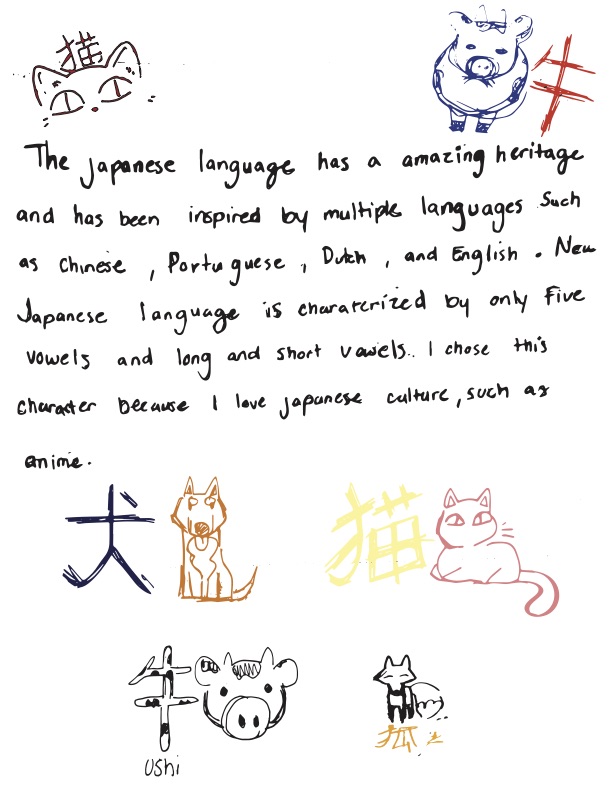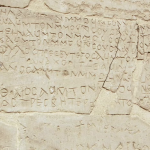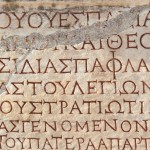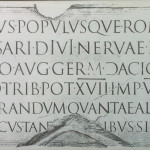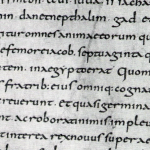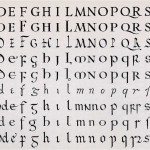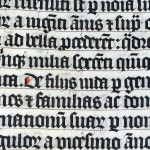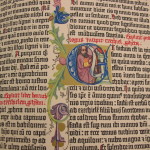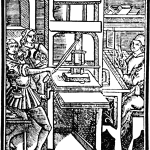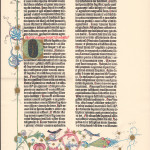Non-Western Type Project Examples:
History of the Alphabet
World Alphabets – quick sample
Vedas – India
‘Dresden Codex’ & glyph_guide_iii – Mayan
Heiroglyphics – Cartouche Examples – Egypt
Trajan Column– Italy
*Other examples of world alphabets/letterforms/logographics – Egyptian, Mayan, Sanskrit, Arabic, Thai, Russian, Chinese, Korean, Armenian
The Alphabet that we us in contemporary English has its roots in many cultures.
In particular, some heavy influences are Phoenician (~1200 B.C.), Greek (~800 B.C.) and Roman (~700 B.C.) letters.
The letters we use today are closest to the Roman Alphabet. The style in which this alphabet is written has changed over time. Examples- early Roman styles (~400-500) , Carolingian miniscule (~800-1200), Black Letter (~1150- 1700s)
Originally letters were written by hand, stamped or carved (and they still are today!). Developments in printing technology led to the development of more standardized type using wooden and metallic blocks. The Gutenberg Bible is considered one of the first mass produced books using carved wooden blocks that would be inked and set on to the paper.
